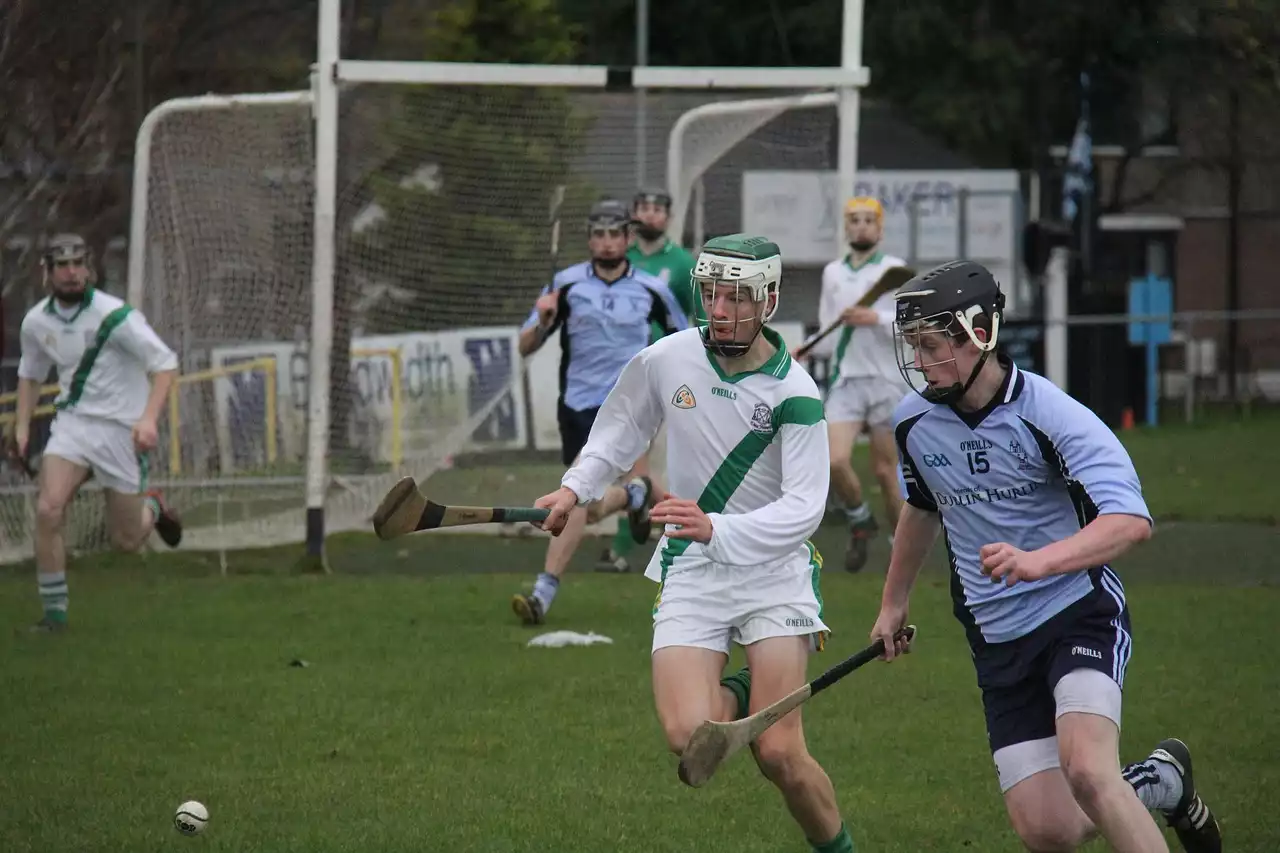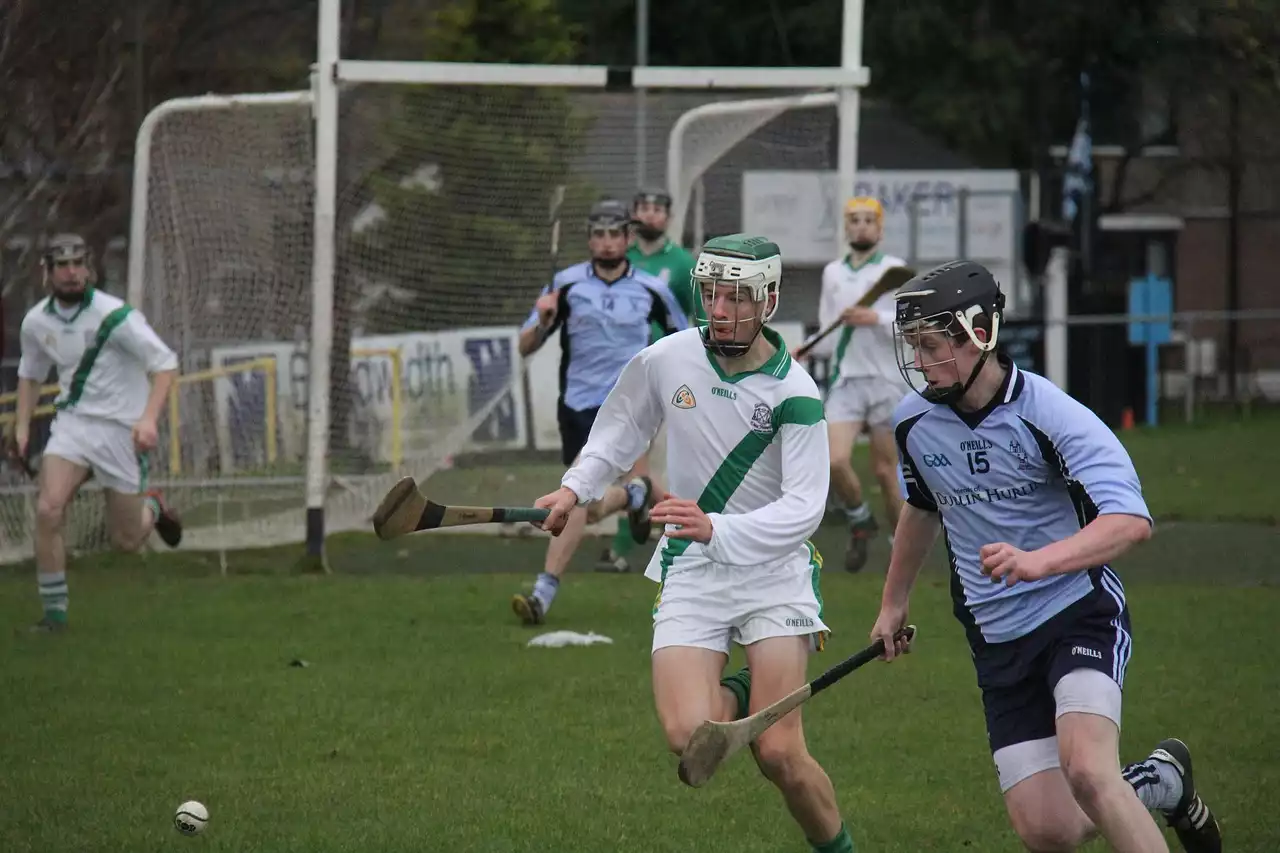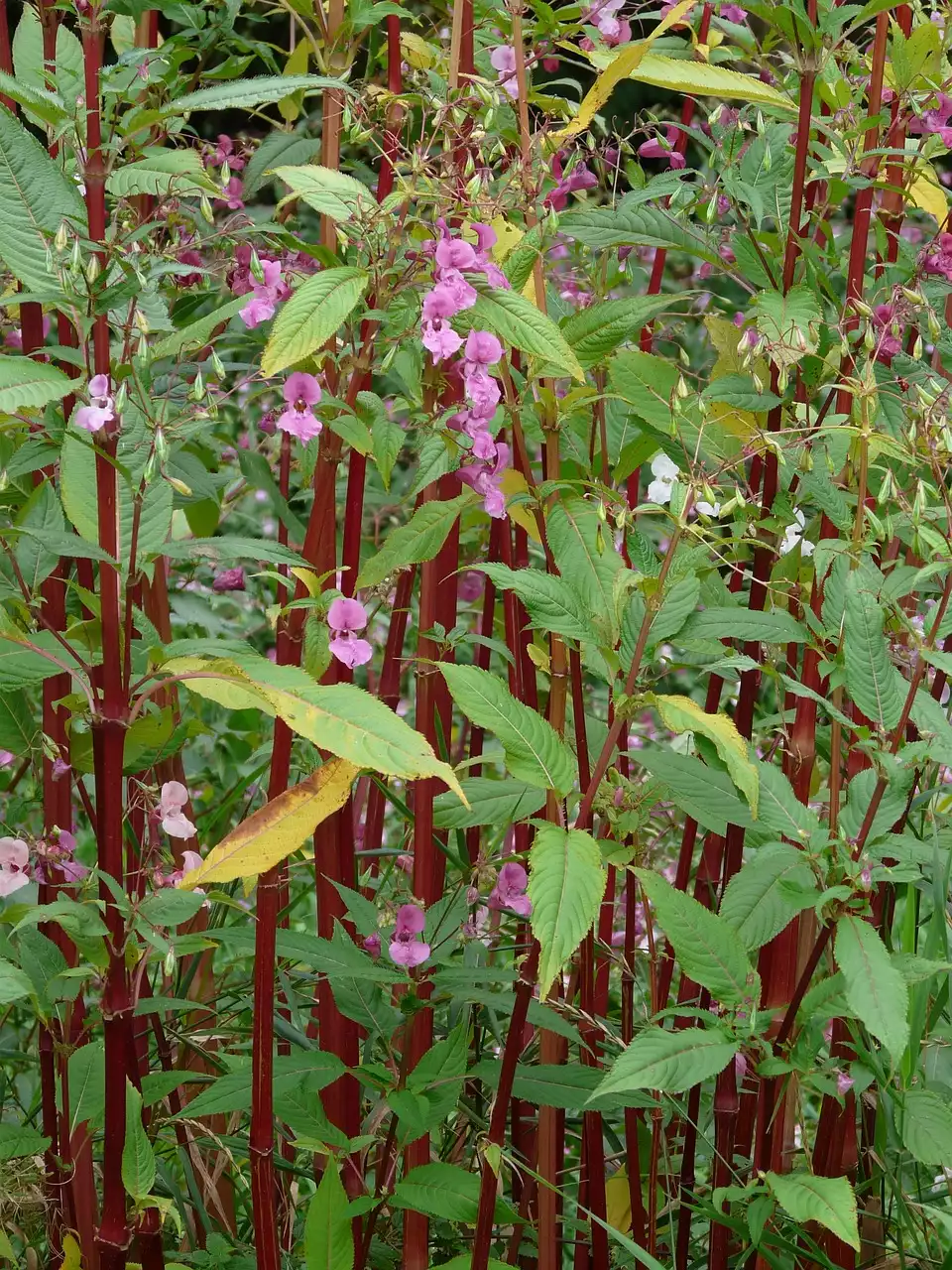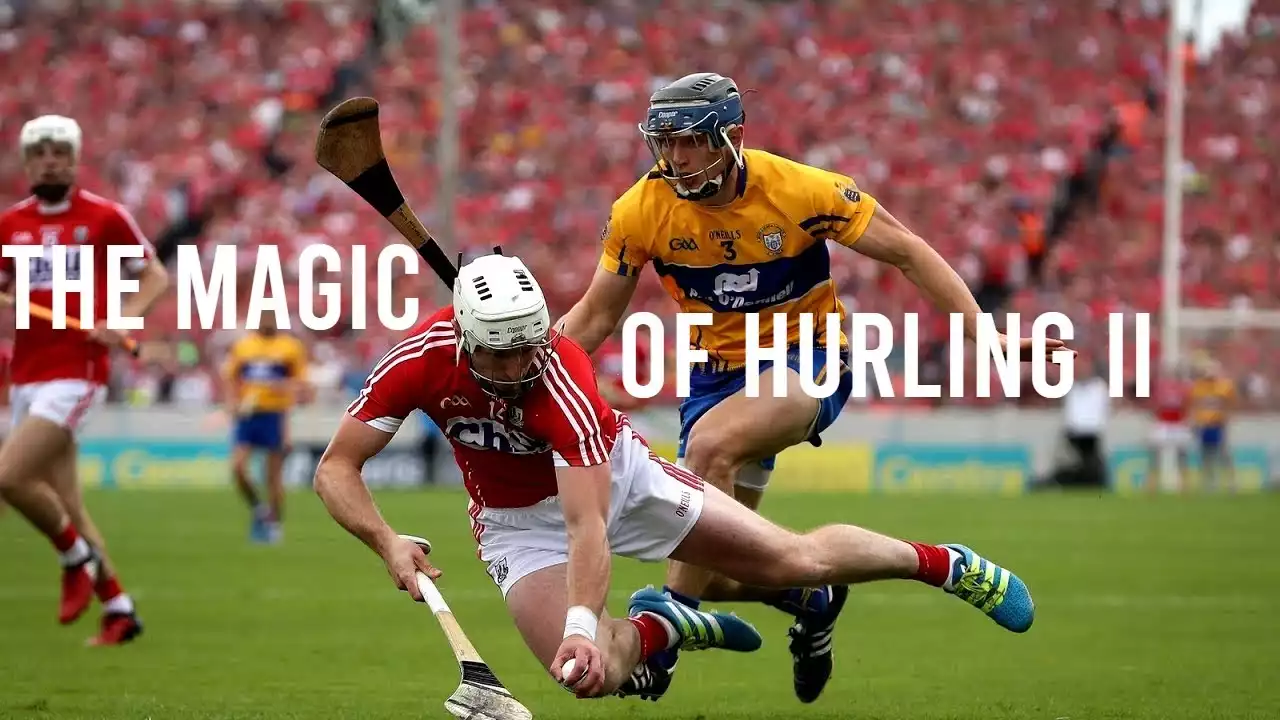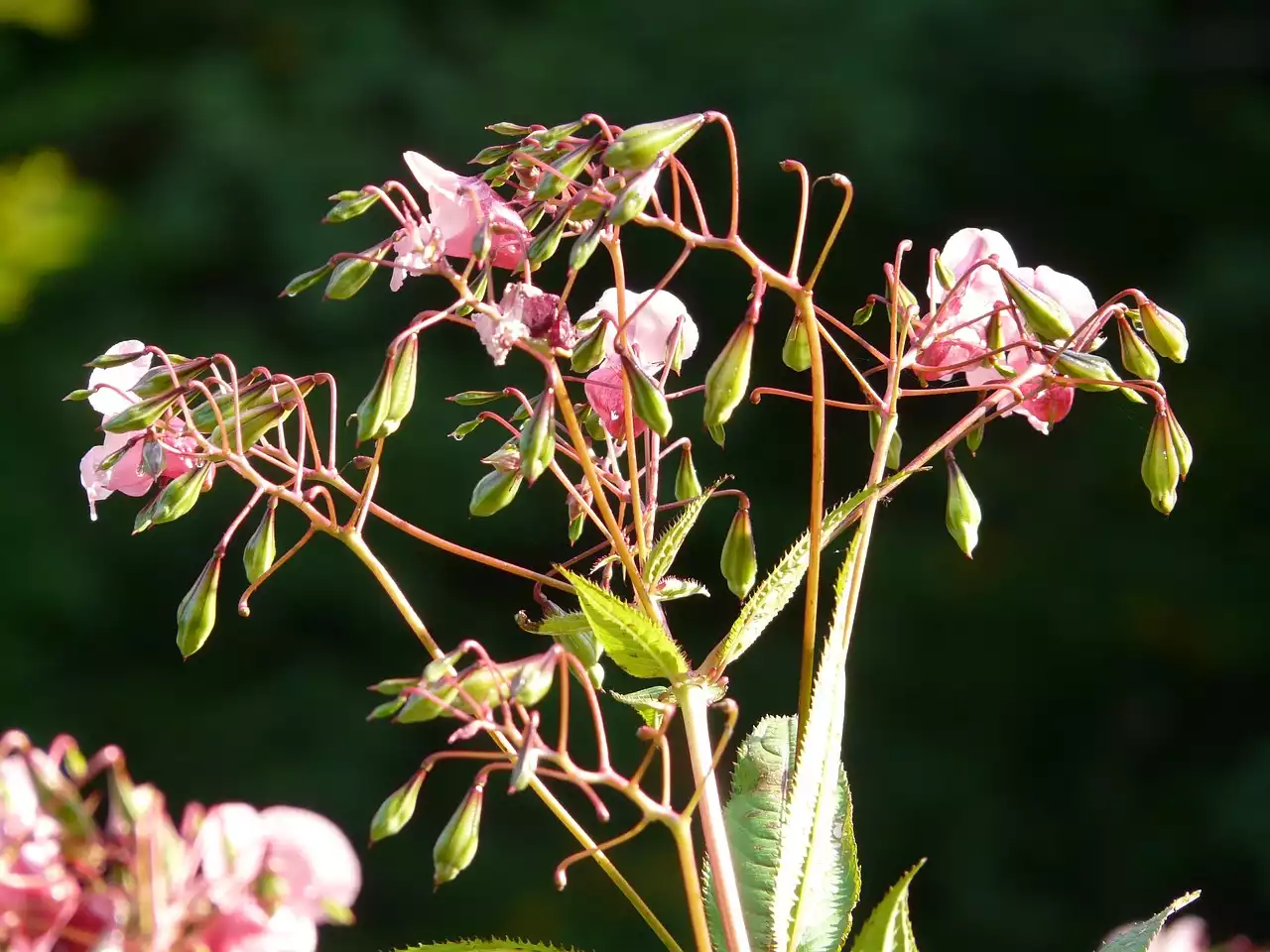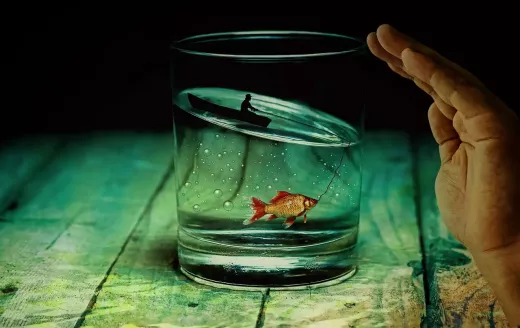The history and origins of hurling
Hurling is deeply rooted in Irish history and has been played for thousands of years. The origins of the game can be traced back to ancient Celtic warriors who used it as a form of training and preparation for battle. These early versions of hurling were played with wooden sticks and a ball made of animal bladders.
Over time, hurling evolved into a more organized sport, with the first written records of the game dating back to the 14th century. The rules and equipment were standardized, and hurling became a popular pastime among Irish communities. Today, hurling is not only played in Ireland but has also gained international recognition, with teams from around the world participating in tournaments and competitions.
The rules and equipment of hurling
To fully appreciate the game of hurling, it's important to understand its rules and the equipment used. Hurling is played on a grass field, typically measuring around 145 meters in length and 90 meters in width. The playing area is divided into two halves, with each team defending their own goal and trying to score in the opponent's goal.
The main equipment used in hurling is the hurley, a wooden stick that resembles a field hockey stick. It is used to strike the sliotar, a small leather ball similar to a baseball. The objective of the game is to score goals by hitting the sliotar into the opponent's goal, which is worth three points, or to score points by hitting the sliotar over the bar, which is worth one point.
Hurling positions and player roles
Just like any team sport, hurling requires players to take on specific positions and roles to maximize their team's performance. The positions in hurling can be divided into three main categories: the goalkeeper, the defenders, and the forwards.
The goalkeeper, as the last line of defense, plays a crucial role in preventing the opposition from scoring. They are responsible for stopping shots on goal and distributing the sliotar to their teammates. Defenders, on the other hand, focus on protecting their own goal and intercepting the opponent's attacks. They must have excellent tackling and blocking skills to disrupt the opposition's play.
Forwards are the players responsible for scoring goals and points. They use their speed and agility to create scoring opportunities and must have accurate striking skills to hit the sliotar past the goalkeeper. Each position requires specific skills and attributes, and a well-balanced team will have players who excel in their respective roles.
Hurling skills and techniques
Hurling is a game that demands a wide range of skills and techniques from its players. One of the most fundamental skills is striking, which involves hitting the sliotar with the hurley. Players must have excellent hand-eye coordination and timing to strike the sliotar with precision and power.
Another crucial skill in hurling is catching, which is the ability to catch the sliotar in mid-air or on the ground. This skill is essential for both attacking and defending, as it allows players to gain possession of the ball and create scoring opportunities or prevent the opposition from doing so.
In addition to striking and catching, players must also be proficient in tackling, blocking, and passing. Tackling involves dispossessing an opponent of the sliotar by using physical contact, while blocking refers to intercepting an opponent's strike or shot. Passing, on the other hand, is crucial for maintaining possession and creating opportunities for teammates.
The physical demands of hurling
Hurling is a physically demanding sport that requires players to be in peak physical condition. The game is fast-paced, with players constantly running, sprinting, and changing direction. Endurance is crucial, as matches can last for 70 minutes or more, and players must maintain their stamina throughout the game.
In addition to endurance, hurlers must also possess strength and power. The striking of the sliotar requires explosive force, and players must be able to generate power from their core and upper body to deliver powerful shots. Agility and balance are also important, as players need to quickly change direction and maintain control of the sliotar while maneuvering through opposition players.
To meet the physical demands of hurling, players engage in intense training programs that focus on building strength, speed, and agility. These programs often include a combination of cardiovascular exercises, strength training, and skill-specific drills to enhance performance on the field.
Famous hurling teams and players
Hurling has produced many legendary teams and players who have left an indelible mark on the sport. Teams like Kilkenny, Tipperary, and Cork have dominated the hurling scene, winning numerous championships and establishing themselves as powerhouses in the sport.
Players like Henry Shefflin, DJ Carey, and Joe Canning are considered hurling icons, known for their exceptional skill, leadership, and dedication to the game. These players have achieved remarkable success throughout their careers and have inspired generations of hurlers with their performances.
Hurling championships and competitions
Hurling is not just a local sport; it has a vibrant competitive scene that includes various championships and competitions. The All-Ireland Senior Hurling Championship is the pinnacle of hurling in Ireland and is fiercely contested by teams from all over the country. The championship culminates in the All-Ireland Final, where the best teams battle it out for the coveted Liam MacCarthy Cup.
In addition to the All-Ireland Championship, there are also provincial championships, such as the Munster Senior Hurling Championship and the Leinster Senior Hurling Championship, which determine the champions of their respective provinces. These championships showcase the best hurling talent in each region and provide a platform for teams to prove their worth.
Hurling's cultural significance in Ireland
Hurling holds a special place in Irish culture and is deeply ingrained in the country's identity. It is more than just a sport; it is a symbol of national pride and a celebration of Irish heritage. Hurling matches attract large crowds, and the atmosphere in stadiums is electric, with fans passionately supporting their teams and engaging in traditional chants and songs.
Hurling also plays a significant role in local communities, bringing people together and fostering a sense of belonging. It is not uncommon to see children playing hurling in parks or fields, emulating their heroes and keeping the tradition alive. The sport has also inspired numerous cultural expressions, including music, literature, and art, further cementing its place in Irish society.
